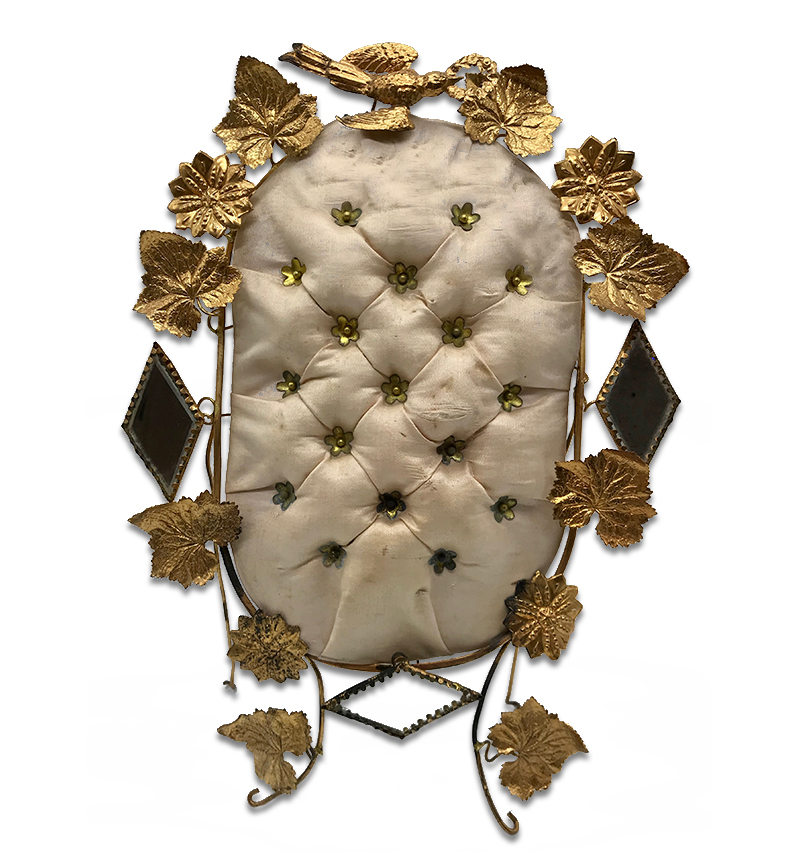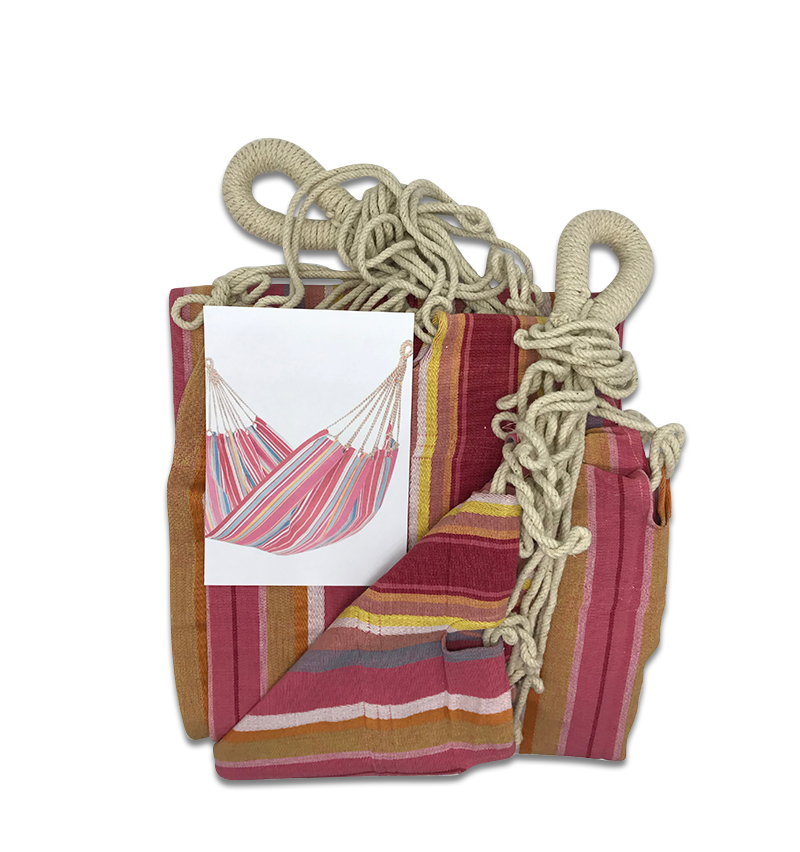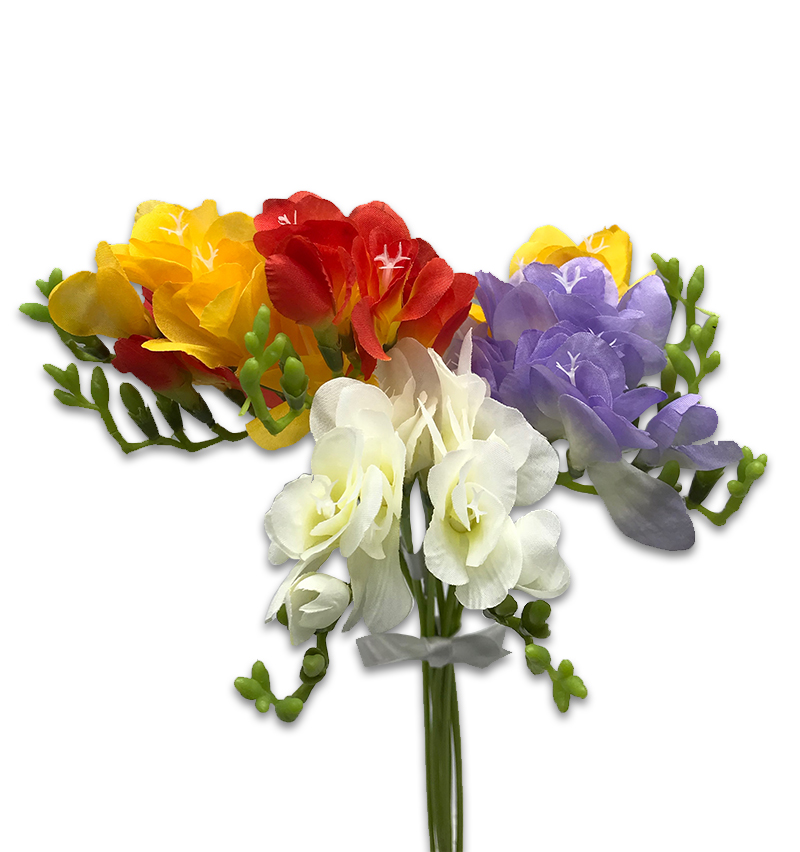Description
The tradition of the Globe de Mariée began in France, in the 1800′s. It was a display for married couples, to preserve their wedding souvenirs as well as tell the story of their wedding and life together. Often placed prominently in the formal dining room, it held the bride’s crown, or bridal tiara made from fresh or wax orange blossoms, and at times her wax floral bouquet with the groom’s wax flower corsage. The bride and groom chose items for their personalized display such as mirrors, porcelain pieces, and ormolu (gold plated) cut-outs. Each had a special and very personal meaning to them and it was a symbol that told the story of the bridal couple. Over the years special items were added; photographs, little locks of their babies’ hair, jewellery, more ormolu symbols. Each was carefully pinned to the velvet or silk cushion, most of which were red, although pink, blue and gold were also produced. During the height of their popularity in the Napoleon III era, there were many ready-made bases couples could pick from, then add their choice of gilded symbols, mirrors, porcelain flowers, and other gilt decorations, making each one of these highly personal, and unique. After all the ormolu pieces were attached by the Jeweller, the display piece was covered with a very fine, thin and handblown glass dome.
Each symbol had meaning:
The Bird: the symbol of love
Leaves: longevity of the marriage union
Orange Blossoms: virginity
Roses: for eternal love
Daisies: for purity and innocence
Ivy Leaves: commitment to each other
Lime Leaves: symbolized fidelity
Oak Leaves: for strength and longevity of the couple
Chestnut Leaves: for links to others
Fig Leaves: for prosperity
The tree: a symbol of love and strength
Four Leaf Clover: good fortune (luck)
Sheaves of Wheat: fertility, and also to the resurrection of life
Cherries: for protection against bad fortune
Clusters of Grapes: prosperity
The Dove: symbolized the desire for peace in the home
The Bird holding a laurel wreath: symbolized that, as a bird makes its nest, so does the woman build her family
Each mirror also had meaning:
The central (largest) mirror evoked the reflection of the soul, symbolizing the truth
Rectangular mirrors were related to the number of years between the couple’s meeting and their promised marriage
The oval mirrors were good luck gifts offered by the bridesmaids
The number of small diamond-shaped mirrors represented the number of children the couple wished to have









